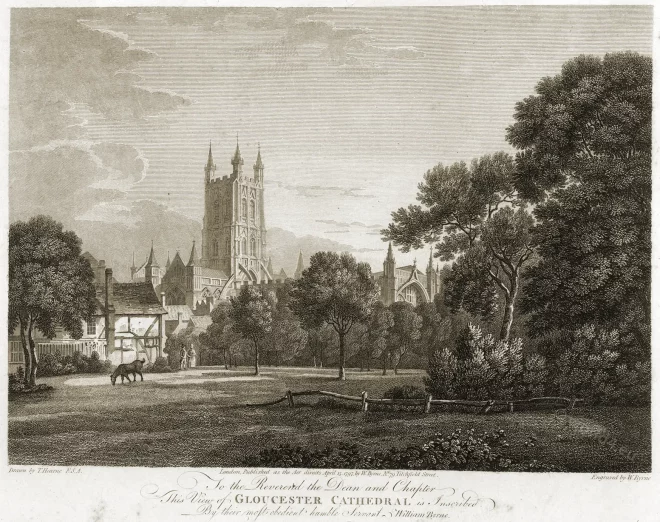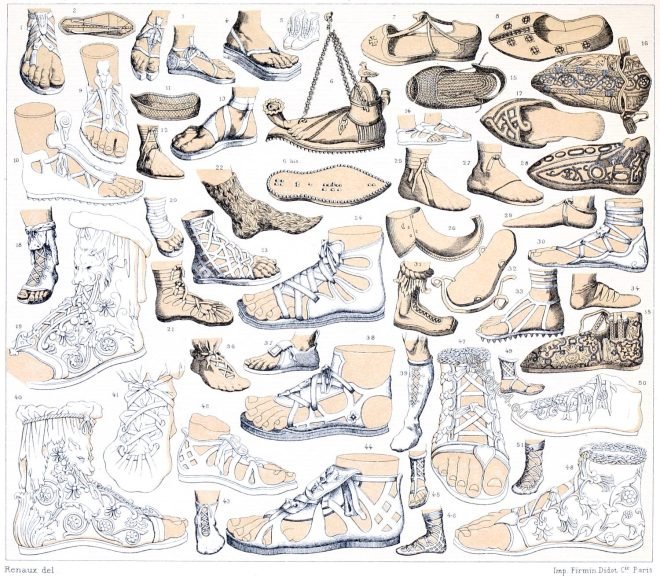Ely Cathedral is considered a masterpiece of medieval architecture.
Category: 7th Century
The Gloucester Cathedral
Gloucester Cathedral is still considered “one of the most important and enigmatic monuments in the history of art”.
Shoes of antiquity. Sandals, closed footwear of the ancient world.
Classical Antiquity. Footwear. Fashions and Customs. Calceus, Ocrea, Caliga, Campagus, Crepida, Solea, Pero, Ceremonial shoes, Runner’s boots, Lace-up shoe.
Celtic Ornaments of Anglo-Saxon and Irish Manuscripts.
Facsimiles of the Miniatures and Ornaments of Anglo-Saxon and Irish Manuscripts. Polychromatic ornament by Auguste Racinet.
Costumes of the Byzantine Middle Class. 400 A.D. – 1100 A.D.
Byzantine costume was the dress of the world after the fall of Rome.
Byzantium. Costumes of the Eastern Roman emperor and empress.
History of Costume. Byzantium. 400 – 1100 AD. Costumes of the Eastern Roman emperor and empress.
The Byzantine Ornament of Antiquity and the Middle Ages.
The Byzantine style of art. The Romanesque style. Marble mosaic work. Examples of flowing foliage. Ornamental forms of ancient Persepolis. Ornamentation of the Middle Ages.
Byzantine Art. Mural, paintings, mosaics, and paintings from manuscripts.
Marginal paintings. Paintings in St. Sophia. Mosaics from Palermo. Enameled border. Paintings at Constantinople.
Royal Crowns & Sceptre of the Frankish kings.
Crowns and scepters of the Merovingian and Carolingian Frankish kings in the Middle Ages.
King Alfred’s Jewel, and the Ring of King Athelwulf.
The most ancient specimen of what to all appearance is a true enamelled work is the ring of Athelwulf, the father of Alfred, preserved in the British Museum, and engraved on the accompanying plate.










